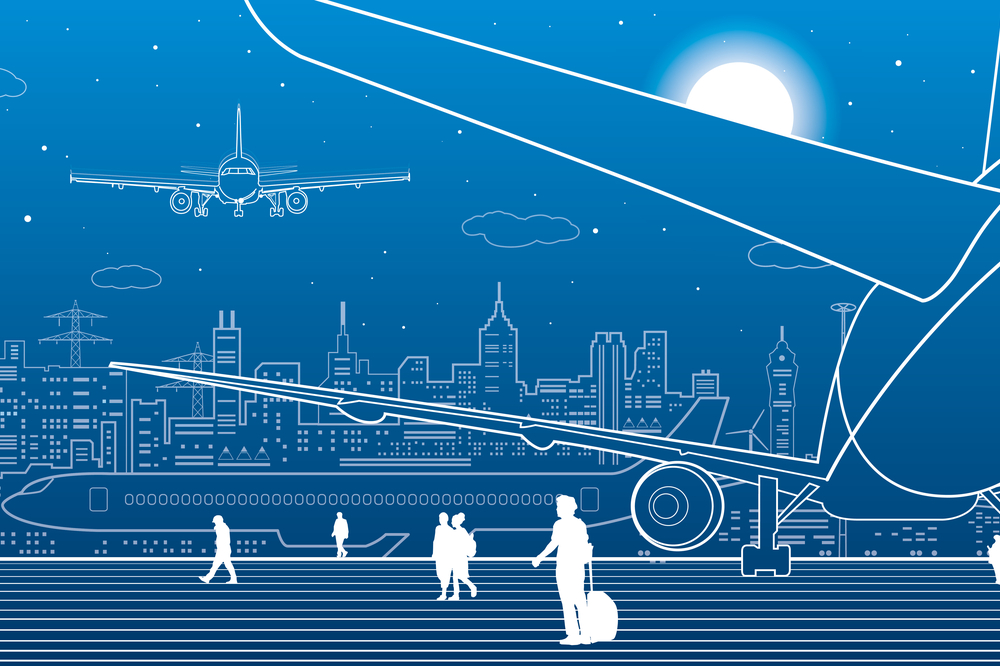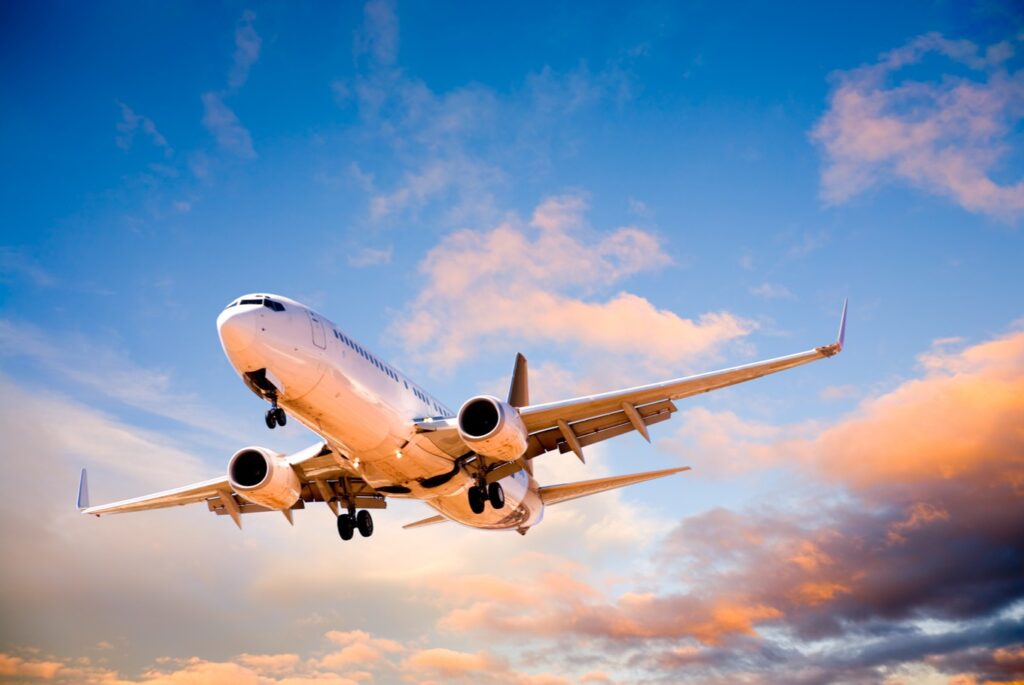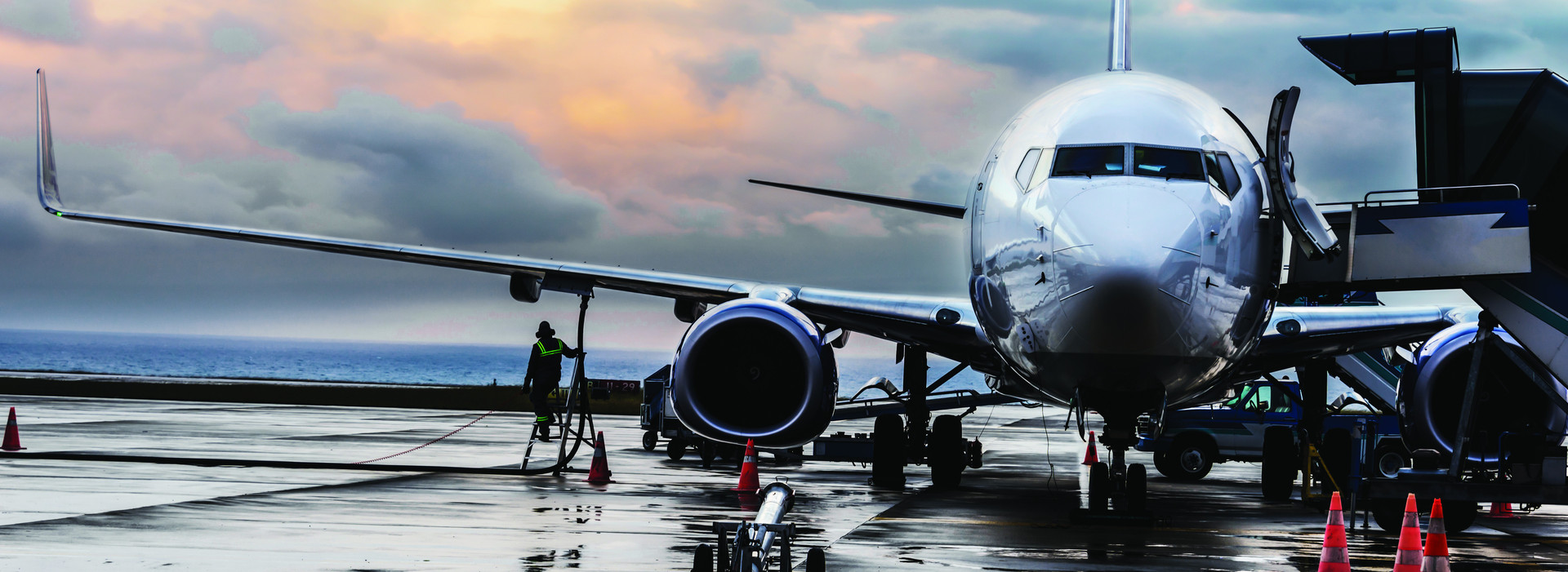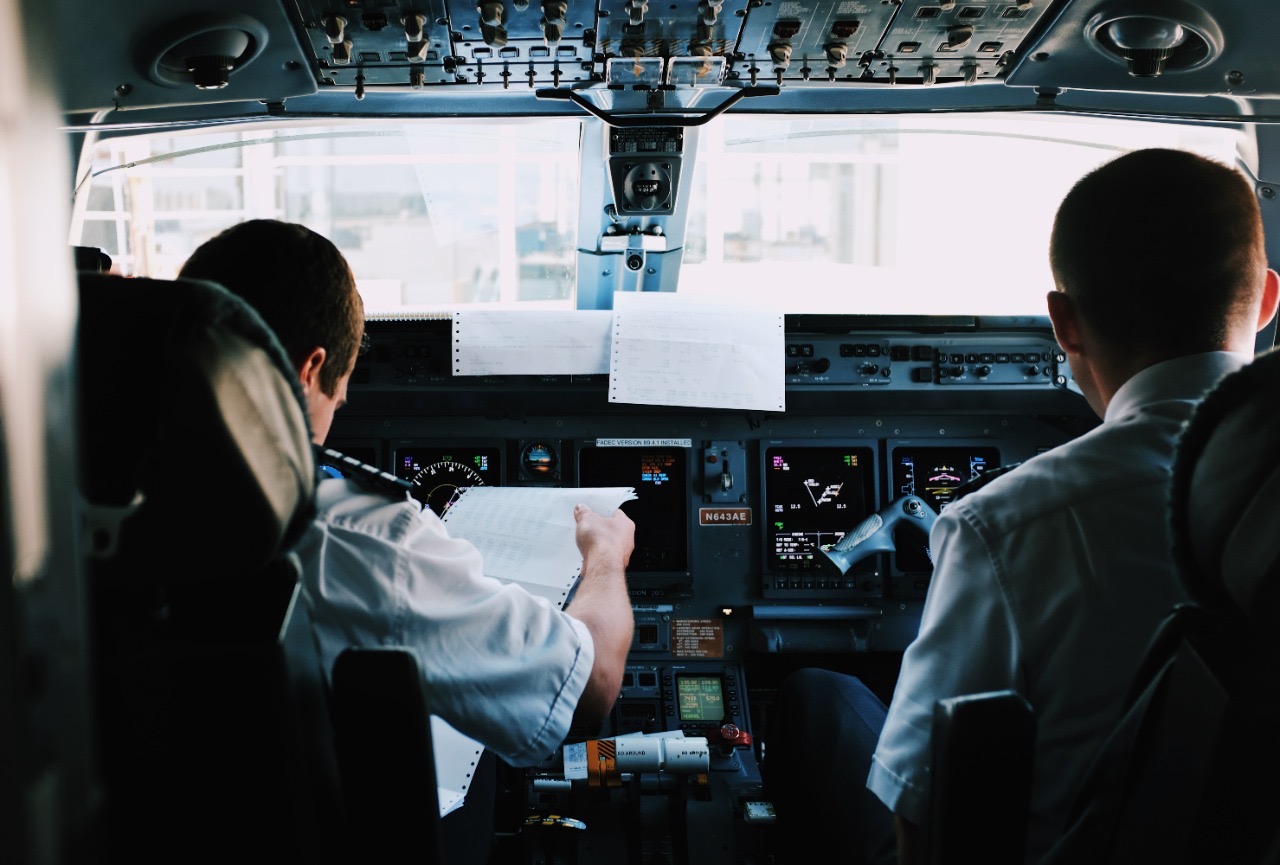The International Civil Aviation Organization (ICAO) plays a central role in setting global standards and regulations to ensure the safety, security, and efficiency of international air transport. As the aviation industry continues to evolve and face new challenges, ICAO regularly updates its safety standards and practices to address emerging threats, technological advancements, and evolving regulatory requirements. In 2024, ICAO is introducing several changes to its safety standards aimed at enhancing aviation safety and resilience. In this article, we explore the key changes in safety standards that ICAO is introducing in 2024, their implications for the aviation industry, and the importance of compliance for stakeholders worldwide.
Enhancements to Operational Safety:
One of the primary areas of focus for ICAO in 2024 is enhancing operational safety standards to mitigate risks and improve safety outcomes across all phases of flight. This includes updates to standards related to flight crew training, licensing, and competency assessment, as well as the implementation of safety management systems (SMS) and risk-based approaches to safety management. ICAO is also introducing new requirements for aircraft performance monitoring, flight data analysis, and safety culture promotion to enhance safety oversight and accident prevention.

Furthermore, ICAO is strengthening safety standards related to air traffic management (ATM) and air navigation services (ANS) to improve airspace management, traffic flow, and communication between air traffic controllers and pilots. This includes updates to standards for surveillance technologies, navigation procedures, and airspace design to enhance situational awareness and reduce the risk of mid-air collisions and airspace infringements. Additionally, ICAO is introducing new requirements for the implementation of collaborative decision-making (CDM) processes and the integration of unmanned aircraft systems (UAS) into controlled airspace to enhance safety and efficiency.
Advancements in Aircraft Design and Certification:
In 2024, ICAO is also introducing changes to safety standards related to aircraft design, certification, and airworthiness to ensure the continued safety and reliability of commercial aircraft. This includes updates to standards for aircraft systems, structures, and materials to address emerging technologies such as electric propulsion, hydrogen fuel cells, and advanced materials. ICAO is also revising certification requirements for new aircraft designs and modifications to incorporate the latest safety technologies, human factors considerations, and crashworthiness standards.
Moreover, ICAO is introducing new requirements for the certification and operation of urban air mobility (UAM) vehicles, electric vertical takeoff and landing (eVTOL) aircraft, and autonomous aerial vehicles (AAV) to address safety concerns associated with the integration of these vehicles into urban airspace. This includes standards for vehicle design, performance, and operational limitations, as well as requirements for pilot training, airspace management, and emergency response procedures. By establishing clear safety standards for emerging aircraft technologies, ICAO aims to facilitate the safe and sustainable integration of these vehicles into the global aviation system.
Enhanced Security Measures:
In addition to safety enhancements, ICAO is also introducing changes to security standards and practices to address evolving security threats and challenges in the aviation sector. This includes updates to standards for passenger and baggage screening, cargo security, and cybersecurity to enhance protection against terrorism, smuggling, and cyber attacks. ICAO is also revising security training requirements for aviation personnel, including pilots, cabin crew, and ground staff, to ensure they are equipped to identify and respond to security threats effectively.
Furthermore, ICAO is strengthening security standards for airport facilities, access control systems, and perimeter security measures to mitigate the risk of unauthorized access, sabotage, and insider threats. This includes requirements for the deployment of advanced security technologies, such as biometric identification systems, video surveillance cameras, and intrusion detection sensors, to enhance situational awareness and deter criminal activities. By enhancing security measures across the aviation ecosystem, ICAO aims to safeguard passengers, crew, and critical infrastructure against security threats and maintain public confidence in air travel.
Importance of Compliance and Implementation:

Compliance with ICAO safety standards and practices is essential for all stakeholders in the aviation industry to ensure the highest levels of safety, security, and operational efficiency. Governments, regulatory authorities, airlines, airports, and other aviation organizations must work together to implement and enforce ICAO standards effectively to achieve a harmonized and consistent approach to safety oversight and regulation. This includes conducting regular safety audits, inspections, and assessments to identify areas for improvement and address safety deficiencies promptly.
Moreover, industry stakeholders must invest in training, education, and capacity building to ensure compliance with ICAO standards and promote a culture of safety throughout the aviation sector. This includes providing comprehensive training programs for aviation personnel, implementing safety management systems, and fostering collaboration and information sharing among stakeholders to identify and address safety risks proactively. By prioritizing safety and compliance with ICAO standards, the aviation industry can enhance safety outcomes, reduce accidents and incidents, and maintain the trust and confidence of passengers and the public.
In conclusion, the changes in safety standards that ICAO is introducing in 2024 reflect the organization’s ongoing commitment to enhancing aviation safety, security, and resilience. By updating standards related to operational safety, aircraft design and certification, and security measures, ICAO aims to address emerging risks, technological advancements, and regulatory requirements in the aviation industry. Compliance with ICAO safety standards is essential for all stakeholders to ensure the highest levels of safety and security in air travel and maintain public confidence in the safety of aviation. As the aviation industry continues to evolve, collaboration, innovation, and commitment to safety will be critical to achieving ICAO’s vision of a safe, secure, and sustainable global aviation system.


